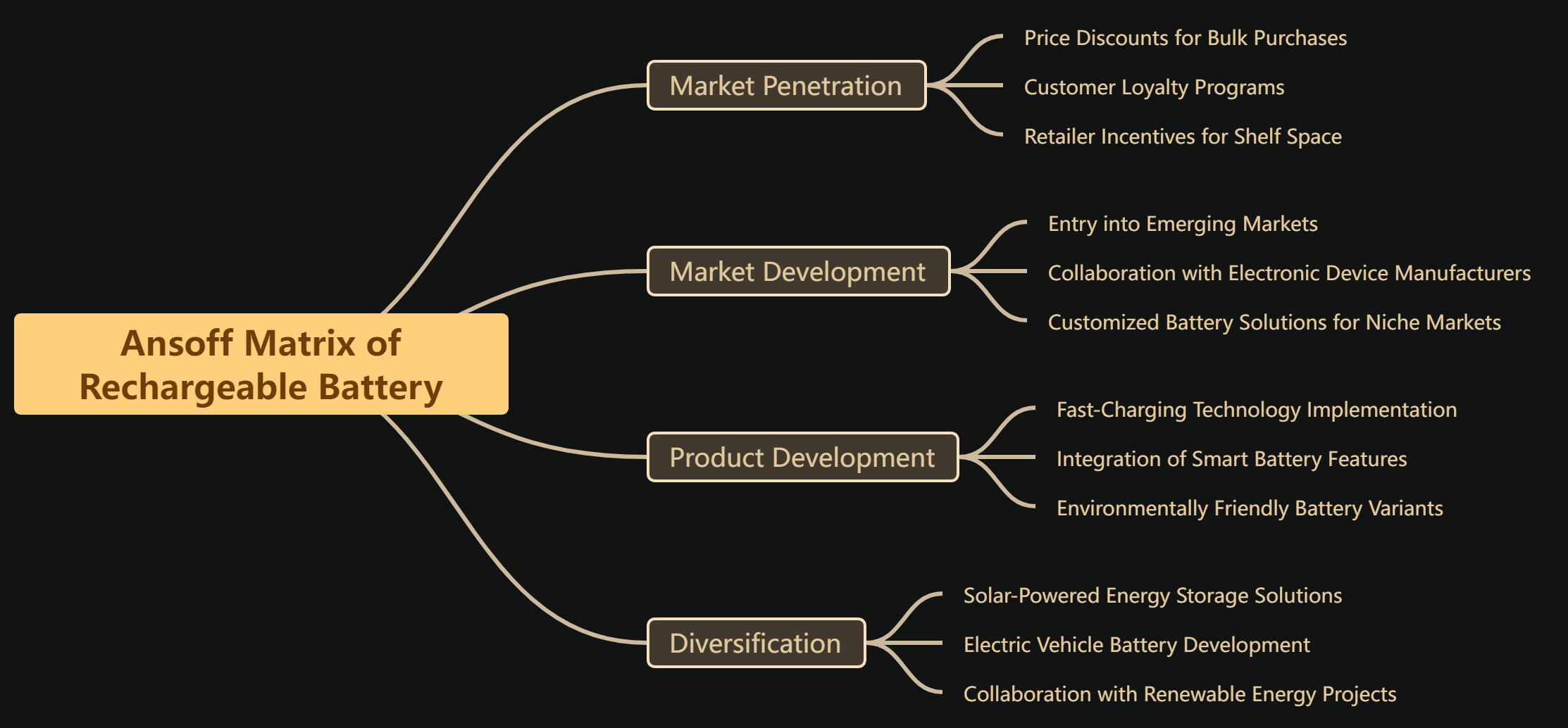
Unleashing Sustainability of Rechargeable Battery
Rechargeable batteries have become a preferred power solution due to their numerous benefits. One of the key advantages is cost-effectiveness. While the initial investment might be higher, rechargeable batteries can be reused hundreds or even thousands of times, saving money in the long run compared to single-use batteries. They are also environmentally friendly, reducing the number of disposable batteries that end up in landfills. Rechargeable batteries contribute to sustainability by minimizing waste and conserving resources. Additionally, they offer convenience as they can be recharged using various devices, providing a reliable and reusable power source for a wide range of applications, from everyday household gadgets to electric vehicles. Embracing rechargeable batteries aligns with the growing emphasis on eco-friendly practices and the need for sustainable energy solutions.
Strategic Vision for Rechargeable Battery Expansion
The Ansoff Matrix of Rechargeable Battery outlines strategic avenues for market growth and expansion. In terms of market penetration, the focus is on enhancing customer relationships through discounts, loyalty programs, and incentives for retailers. Market development involves venturing into emerging markets and collaborating with device manufacturers to introduce customized solutions. Product development emphasizes technological advancements such as fast-charging and smart features, catering to the evolving needs of consumers. Diversification extends into sustainable energy solutions, including solar-powered storage and electric vehicle batteries. This strategic approach ensures the adaptability of rechargeable batteries to different markets and technological landscapes, aligning with both consumer demands and environmental considerations.
Unleashed Strategic Growth with Ansoff Matrix
The Ansoff Matrix is a powerful strategic tool that helps businesses explore growth opportunities by examining different combinations of market and product strategies. It classifies strategies into four categories: market penetration, market development, product development, and diversification. Market penetration focuses on selling existing products to existing customers, while market development involves entering new markets. Product development centers on creating and introducing new products, and diversification explores entirely new markets and products. Visual Paradigm Smart Board, with its versatile mind mapping features, is an ideal companion for businesses looking to visualize and plan their growth strategies. With a range of templates and intuitive tools, it simplifies the process of creating strategic plans, ensuring that businesses can efficiently implement Ansoff Matrix strategies for sustained success.